
As a child I remember my parents buying me a big book filled with photos of the New York Central Railroad. The book cover featured a unique steam locomotive. I was too young to understand its significance, but I knew that this locomotive stood out from every other train I had seen. Its beauty left […]
Read More…
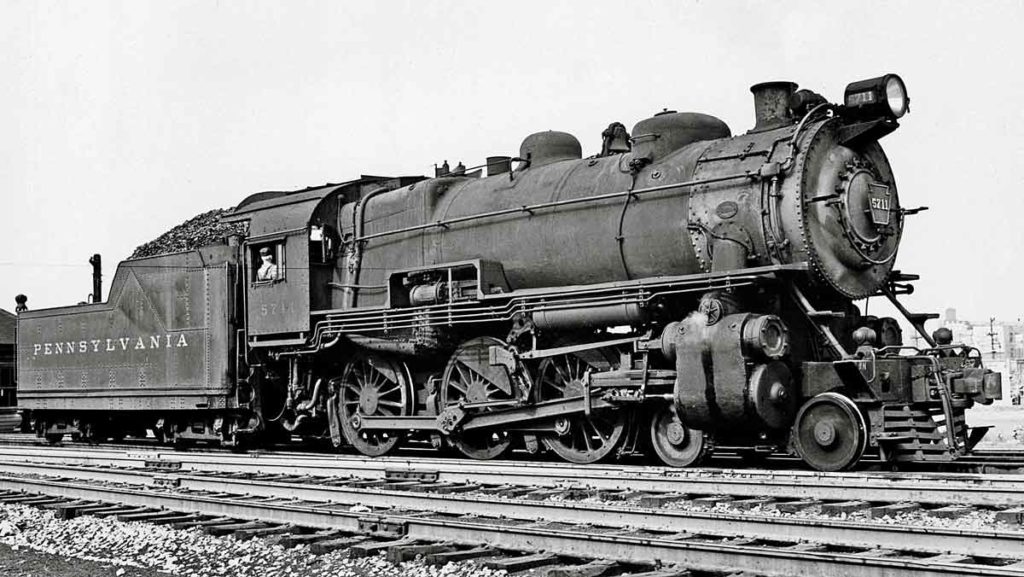
Pennsylvania Railroad 5711 was one of 121 class G5s 4-6-0s the road’s Juniata Shops in Altoona, Pa., built in the 1920s. Designed for commuter and secondary passenger work, 90 of the heavy Ten-Wheelers worked on PRR’s own lines, while 31 were for subsidiary Long Island Rail Road. Harold K. Vollrath photo […]
Read More…

New York Central box-cab locomotive 548 rides the turntable at the 72nd Street engine house on the west side of Manhattan. A highway was constructed above the facility in the 1930s. NYC photo […]
Read More…

For many years, HO scale modelers debated whether to use plastic or metal wheelsets on freight cars. That discussion has quieted down over the past two decades, largely because most new models come with metal wheelsets. However, as evidenced by the number of offerings available today, there’s still a strong demand for aftermarket metal wheelsets. […]
Read More…
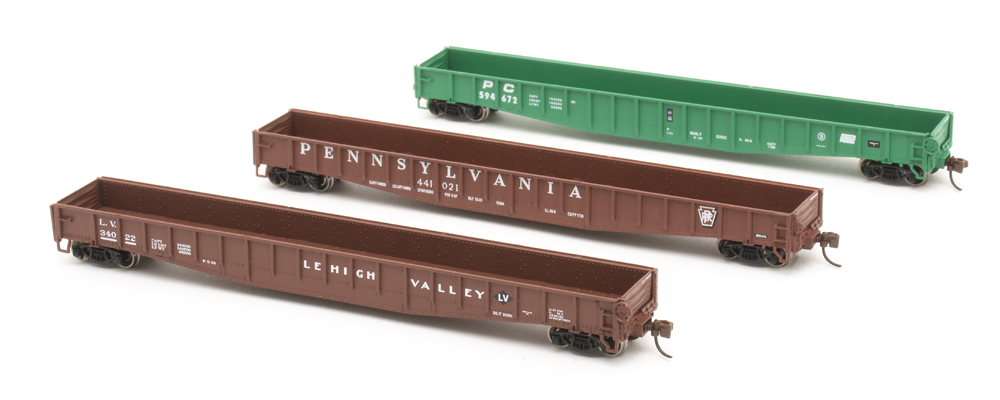
The Pennsylvania RR class G26 series of mill gondolas has returned to the Eastern Seaboard Models Corp. product lineup. The G26 car, last released in 2009, is now joined by class G26A and G26C gondolas, as well as Norfolk & Western class G3 cars. All of the ready-to-run gondolas have screw-mounted draft-gear box covers, Micro-Trains […]
Read More…

Imagine you’re in midst of designing a three-rail layout with a decidedly toy look. Maybe you want to give a sense of what electric trains were like before plastic models became prevalent. Or perhaps you have in mind an environment in which gaily colored playthings made of tinplated sheet metal predominate. Wisely, you’ve decided to […]
Read More…
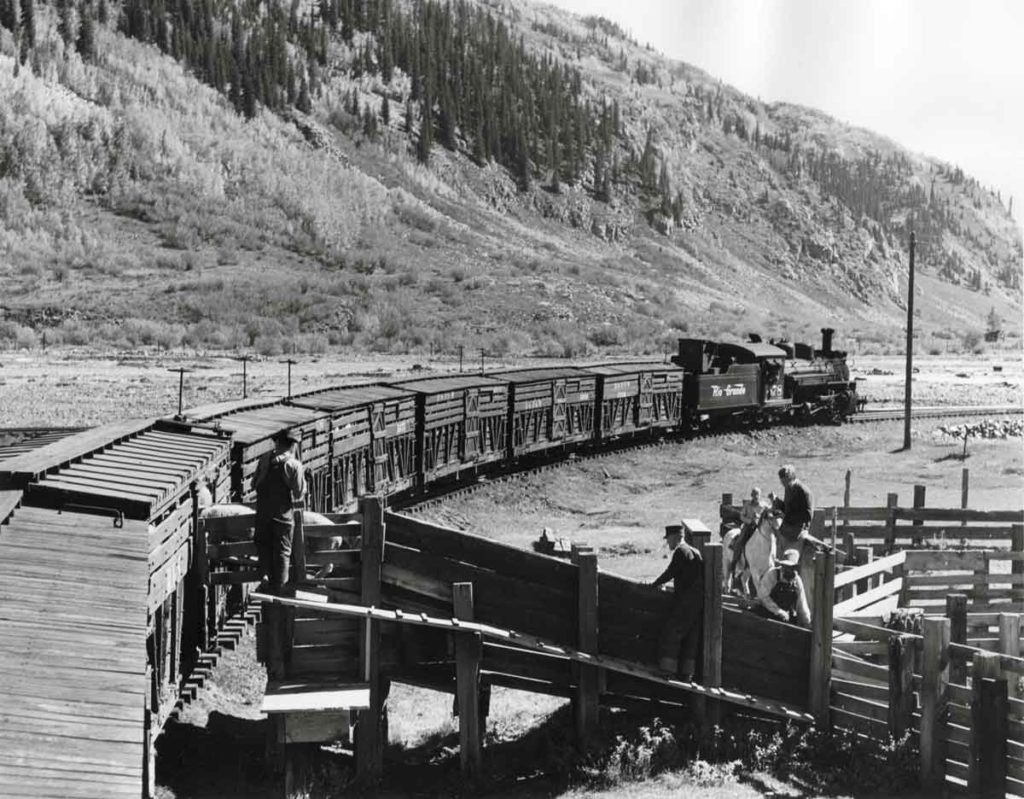
The narrow-gauge Denver & Rio Grande Western did a lot of livestock business. Here, several stock cars are loaded with sheep in Silverton, Colo., in 1942. K-28 Mikado will lead the train back down to Durango. William Moedinger photo […]
Read More…

A two-bay, fish-belly hopper with peaked ends is the first entry in the ScaleTrains S gauge product range. The manufacturer, who acquired the S gauge tooling from MTH Electric Trains in February 2021, is marketing the cars under the S-Helper Service banner, complete with green and yellow packaging similar to that of the former manufacturer. […]
Read More…
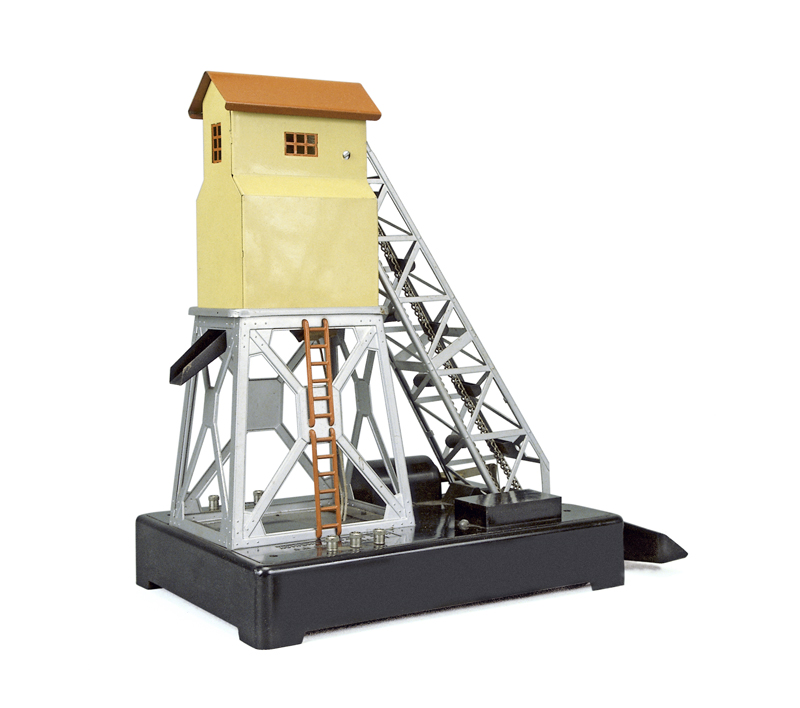
The trend of motorized accessories replicating activities associated with railroading began at the Lionel factory in New Jersey. Let’s spotlight the revolutionary No. 97 coal elevator, which made its debut in 1938. Prototypical – not always accurate The idea of a vertical loader with buckets on a chain that lifted coal from a receiving bin […]
Read More…

Starting in 1935, Lionel cataloged six models based on the Commodore Vanderbilt. None had a 4-6-4 arrangement, yet the look of the Nos. 264E, 265E, 289E, and 1689E (2-4-2s) and 1508 and 1511 (0-4-0s) made it clear these O and O-27 toys were derived from the sleek, curved design of America’s first streamlined steamer. Louis […]
Read More…
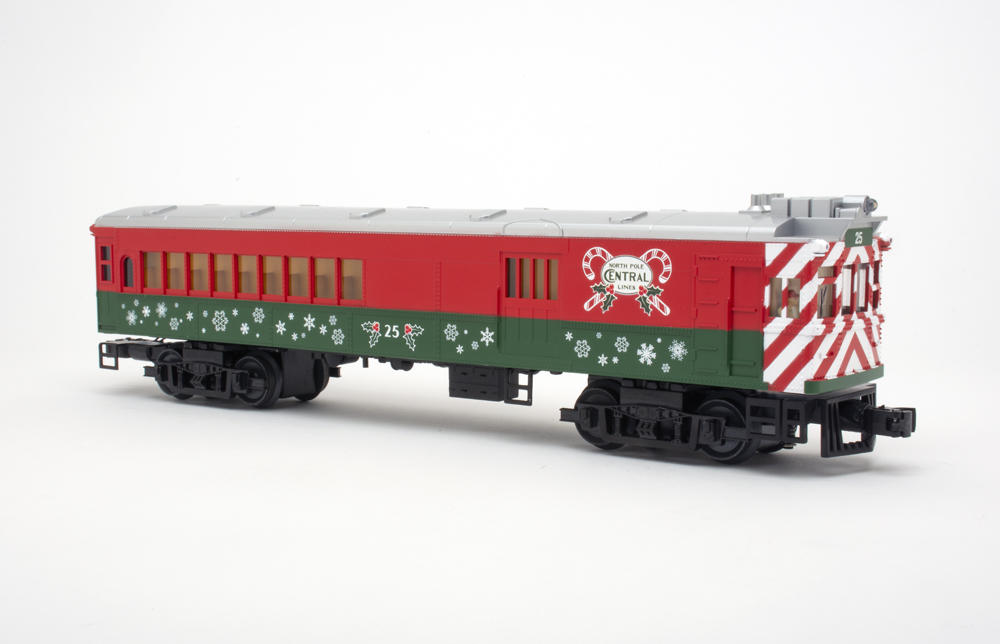
In 2006, then-CTT Associate Editor Bob Keller wrote that the doodlebug held “an interesting place in railroad history.” These self-propelled railcars were developed in the early part of the 20th century and initially powered with gasoline engines (some later were converted to diesel). These railcars were popular with railroads looking to economize service on lightly […]
Read More…
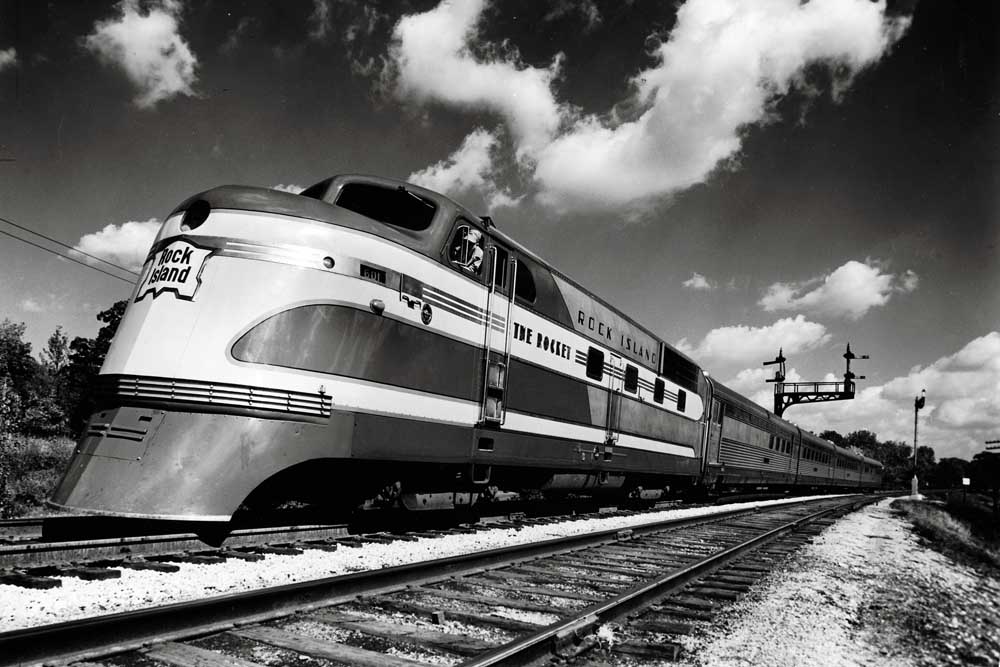
The EMC TA diesel locomotive was an early passenger diesel and a Rock Island oddity. If it looks and sounds like an early EMC E-series streamlined diesel passenger locomotive, there is a good chance it is. But don’t bet the family farm. The locomotive in question is the EMC TA diesel, a […]
Read More…












